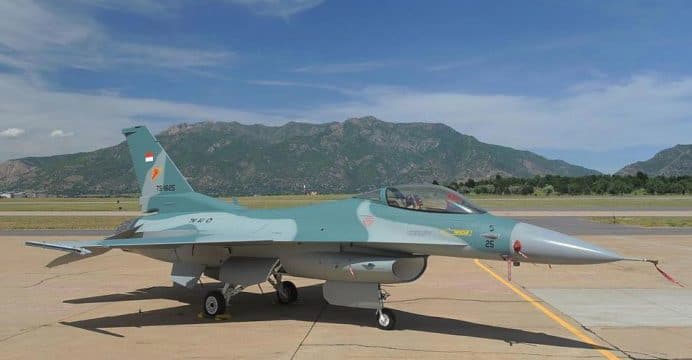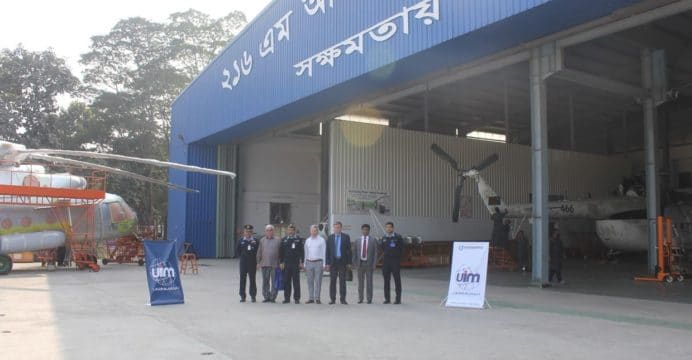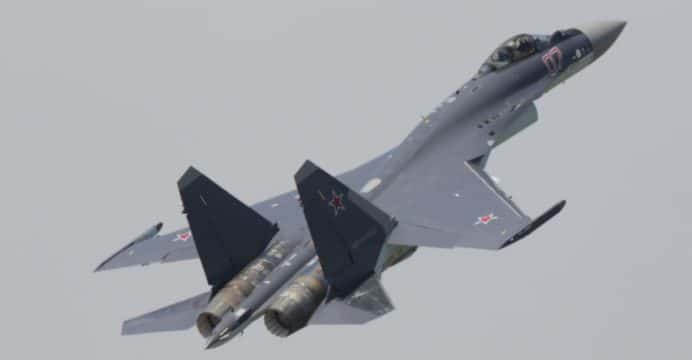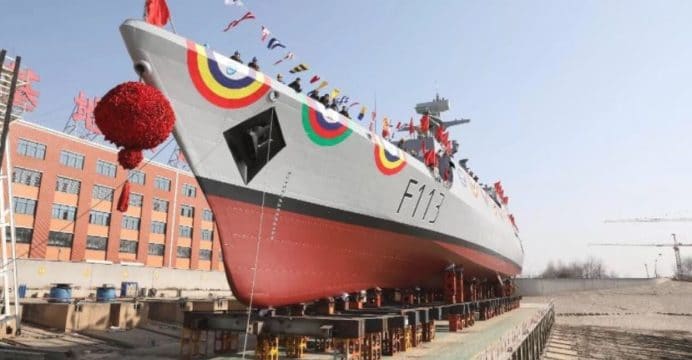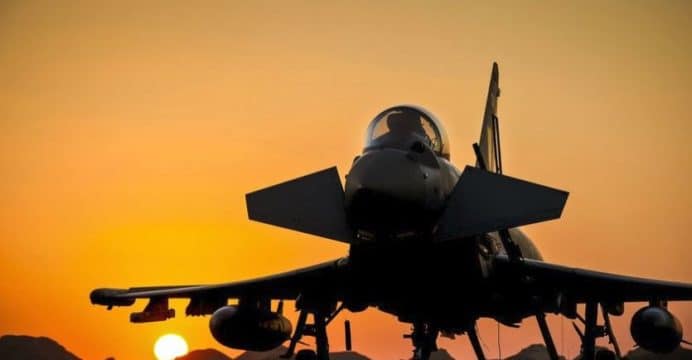timepass
Brigadier
INDONESIA AND TURKEY TO COLLABORATE ON DEVELOPING DRONES
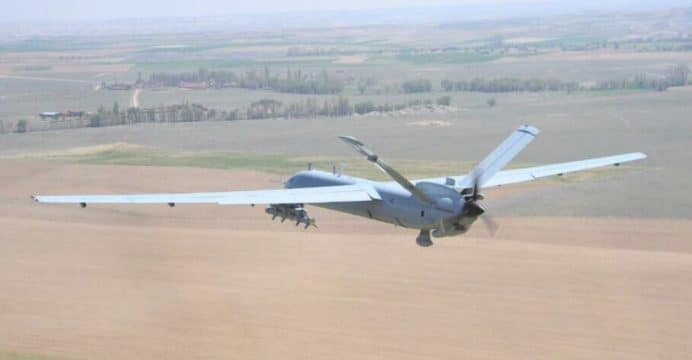
PT Dirgantara Indonesia (PTDI) announced that it will collaborate with Turkish Aerospace Industries (TAI) to develop new unmanned aerial vehicles (UAV) capable of flying as high as 40,000 ft.
“TAI has lengthy experience in building high-altitude UAVs. So we will collaborate with them in the project,” said PTDI’s President Director Elfien Goentoro (via a news report by ).
TAI’s lone operational drone is the Anka. The Anka is a medium-altitude long-endurance (MALE) UAV that is capable of flying up to an altitude of 30,000 ft and endurance of 24 hours. It has a payload of 200 kg for guided air-to-surface munitions and electro-optical equipment.
TAI pitched its Anka MALE UAV to the Southeast Asian market, including Indonesia. TAI General Manager Temel Kotil told Turkish media that TAI spoke to Indonesian officials during the 2017 Defence and Security defence exhibition in Bangkok, Thailand in November 2017.
In July 2017, PTDI and TAI a “Framework Agreement” to increase bilateral collaboration. Under the agreement, TAI agreed to provide technical and marketing/business support to PTDI for the latter’s N219 utility aircraft and N245 commuter aircraft.
PTDI’s production director Arie Wibowo lauded the collaboration agreement with TAI, stating that TAI was eager to partner with PTDI and facilitate technology transfers to PTDI, in contrast to other competing firms which could not commit to transfer-of-technology.
PTDI officials added that the company’s MALE UAV program will be completed within three years and it – like the Anka – will be armed. PTDI also of TAI’s experience in supplying composite airframe or aerostructure parts for Airbus.
PTDI is Indonesia’s core aviation manufacturing and services supplier. Known for its partnership with CASA (now under Airbus Defence & Space) to jointly develop and produce the CN235 transport aircraft, PTDI is a contributor to several overseas supply channels, including that of Airbus Helicopters. It also provides the Indonesian armed forces with aircraft maintenance and overhauling support.

PT Dirgantara Indonesia (PTDI) announced that it will collaborate with Turkish Aerospace Industries (TAI) to develop new unmanned aerial vehicles (UAV) capable of flying as high as 40,000 ft.
“TAI has lengthy experience in building high-altitude UAVs. So we will collaborate with them in the project,” said PTDI’s President Director Elfien Goentoro (via a news report by ).
TAI’s lone operational drone is the Anka. The Anka is a medium-altitude long-endurance (MALE) UAV that is capable of flying up to an altitude of 30,000 ft and endurance of 24 hours. It has a payload of 200 kg for guided air-to-surface munitions and electro-optical equipment.
TAI pitched its Anka MALE UAV to the Southeast Asian market, including Indonesia. TAI General Manager Temel Kotil told Turkish media that TAI spoke to Indonesian officials during the 2017 Defence and Security defence exhibition in Bangkok, Thailand in November 2017.
In July 2017, PTDI and TAI a “Framework Agreement” to increase bilateral collaboration. Under the agreement, TAI agreed to provide technical and marketing/business support to PTDI for the latter’s N219 utility aircraft and N245 commuter aircraft.
PTDI’s production director Arie Wibowo lauded the collaboration agreement with TAI, stating that TAI was eager to partner with PTDI and facilitate technology transfers to PTDI, in contrast to other competing firms which could not commit to transfer-of-technology.
PTDI officials added that the company’s MALE UAV program will be completed within three years and it – like the Anka – will be armed. PTDI also of TAI’s experience in supplying composite airframe or aerostructure parts for Airbus.
PTDI is Indonesia’s core aviation manufacturing and services supplier. Known for its partnership with CASA (now under Airbus Defence & Space) to jointly develop and produce the CN235 transport aircraft, PTDI is a contributor to several overseas supply channels, including that of Airbus Helicopters. It also provides the Indonesian armed forces with aircraft maintenance and overhauling support.

